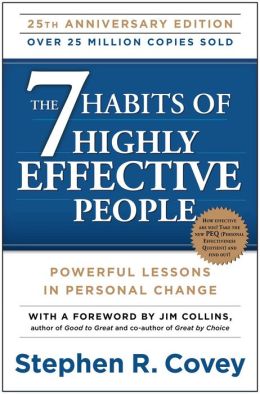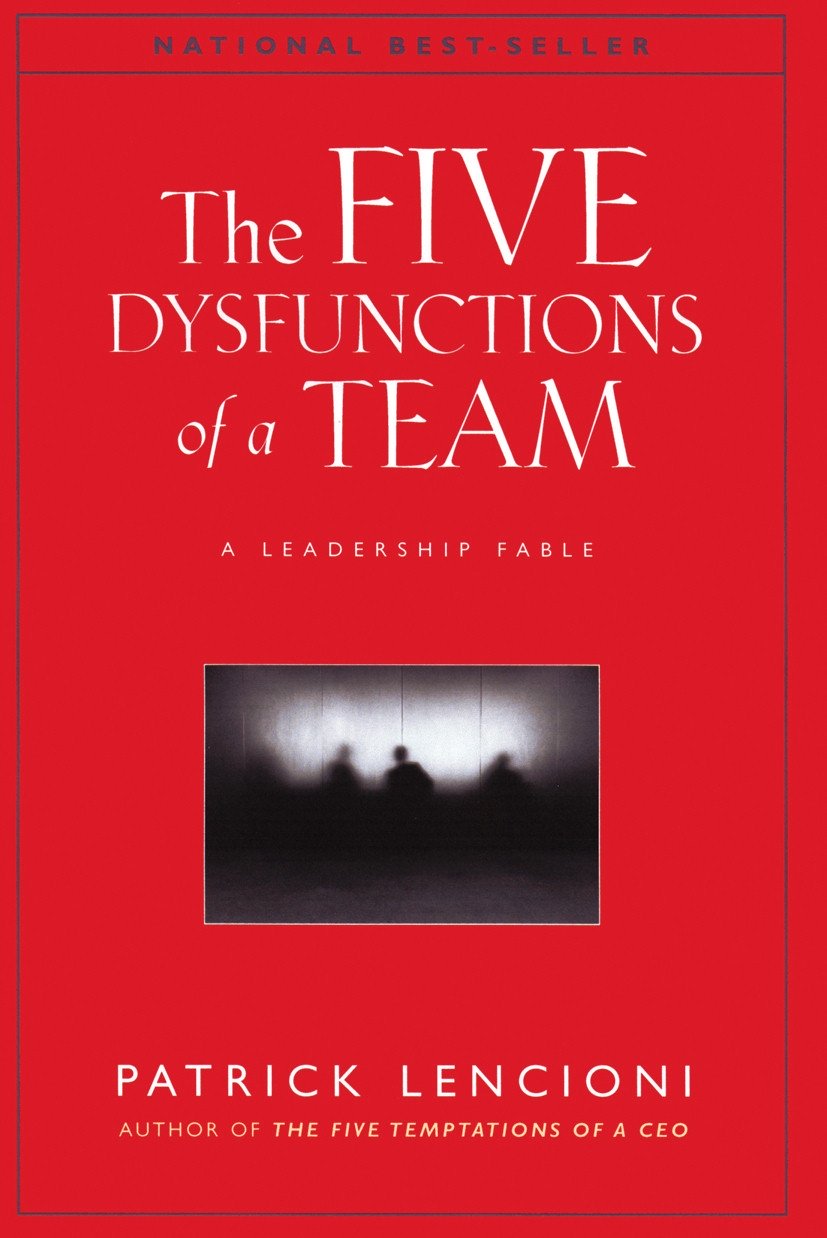Thinking Styles
Thinking styles is an element of diveristy that is often neglected. Left brain and right brain thinkers: both are needed, but left brain thinkers dominate the world of work.
I was first introduced to this theory several years ago by Marcella Balin, a highly regarded educator and presentor who is noted for her dynamic and humorous presentation style.
Overview
Just recently I came across this interesting article by Jim Pawlak of Career Moves entitled, "Learn Your Workplace Personality." At first glance, Jung Typology and the sixteen (16) types came to mind.
But upon further reading, he focusesd on the degree to which logic or creativity dominate our choices. In other words, Left Brain vs. Right Brain Dominance.
(Please take the test and return back here for more information. Click HERE to take a quick test.)
I am not sure if your results indicate you are Left Brain or Right Brain, but I believe most of us are a combination of both. At extremes some people may appear to be either/or, but my experience indicates that we are "This AND That".
Read on to get more insight into both styles.
Left Brain
Left brain thinkers tend to be analytical and like to make plans. As such, they use linear reasoning and pay attention to details.
These are folks who are usually never late and believe in the motto, "On time is late and and early is on time."
They tend to be highly verbal and articulate, able to express themselves well. Good at math and logic, they tend to excel in these areas.
Right Brain
Right brain thinkers are creative and imaginative. They are conceptual and responds to emotions and non-verbals. They are intuitive and may have difficulty explaining themselves verbally.
Since the right brain is more holistic and the left analytical and linear, right brain thinkers engage in holistic reasoning. They lack organization (at least from a Left Brain Thinking perspective), their processing is random and they look for patterns.
Thinking Styles
Professor Emeritus Charles Dwyer of The University of Pennsylvania's Wharton School of Business is quoted as saying, "Since the industrial world is run by the left-brained-logical, they hold the power. Left-brainers prize structure, easy answers and minimal change and often write off creative thinkers who thrive on insight, intuition and change."
If this statement describes you, a lot of untapped potential exists in the heads and hearts of those you lead.
So, what can you do to change that and tap into the brain power of your employees? For one, you can assess your thinking style.
Next, ask your team to complete the Brain Dominance Questionnaire. Once they take the test, please discuss their results with them. It could be an "eye opening" exercise for both you and your team.
The information you discover can also help in determining who would be a great fit for an upcoming project or task team. If they need a team member who is more analytical, you may select someone who is considered Left Brain. Or, in order to stretch and grow a member of your team, you may assign someone who is considered Right Brain.
Want To Know More?
Improve Your Relationship with Your Boss
Are you looking to improve your relationship with your boss? If so, the Boss Relationship Worksheet will help you better understand and communicate more effectively with your immediate supervisor.
To download your copy, submit your information on the form below.
After completing the Boss Relationship Worksheet, you will find that the following will prove helpful in showing you how to cultivate a better working relationship with your boss:
 |
I published my first book and I am beyond excited.
Get your FREE copy of Called to Lead!
ORDER PRINT HERE
Leaders don't
create
followers.
Leaders
create
other
leaders.
- Tom Peters















